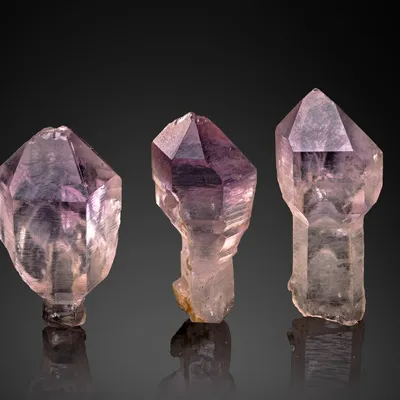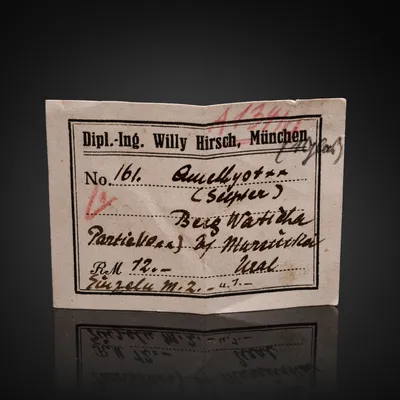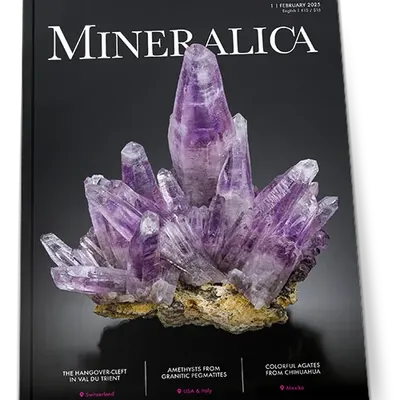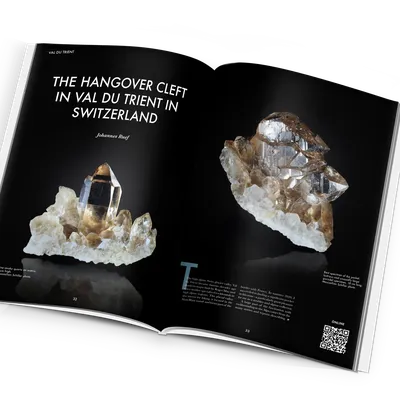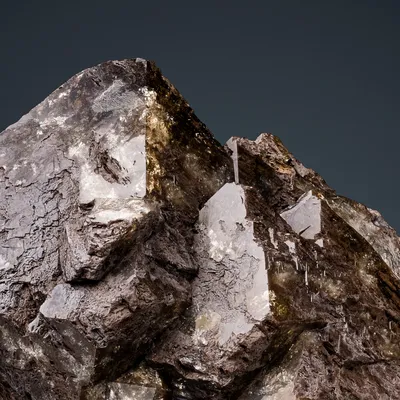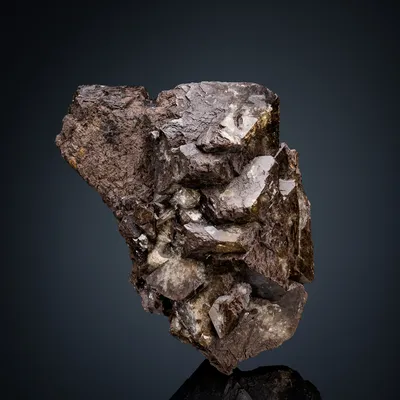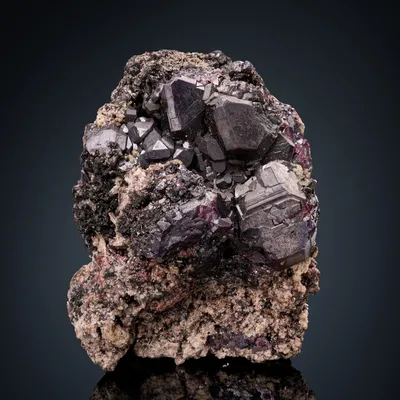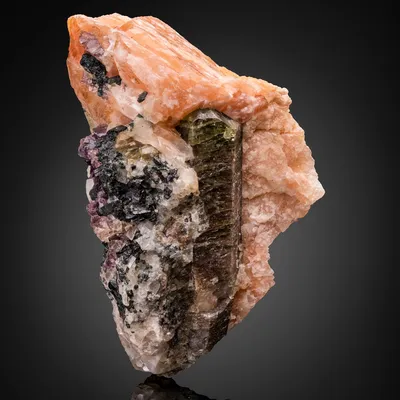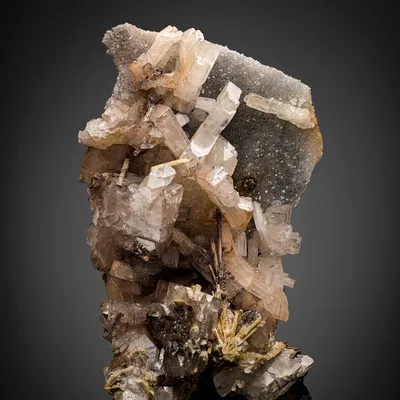Details
The Wienerwaldmuseum Eichgraben is a regional museum dedicated to the following Wienerwald topics: geology, palaeontology and mineralogy, prehistory and early history, the Middle Ages and early modern times. We also offer a reconstructed cave within the museum ("KuMst-Höhle"). In the folklore collection ("Heimatmuseum"), exhibits from the surrounding area and Eichgraben are on display. In the open-air area there is a reconstructed Roman burial mound and a reconstructed charcoal pile. The witness shed rounds off the offer; the exhibits here come from the former local history museum near the church. On the last Sunday of the month in the afternoon (April - September), various crafts are presented in the Handwerksstadel ("Living Crafts"). Further details can be found at www.wienerwaldmuseum.at. From a geological point of view, the Vienna Woods are made up of rocks from the Northern Limestone Alps ("Limestone Vienna Woods"), the Flysch zone ("Sandstone Vienna Woods"), the Molasse zone in the north and the western Vienna Basin (Miocene). The first museum room is dedicated to earth sciences: There are exhibits on geology and paleontology in 3 large display cases, the 4th display case shows mineral raw materials from the Vienna Woods area. Experiments can be carried out in the "Mineralogy active" area. 2 binoculars are also available. Other topics include coal in the Vienna Woods and bricks. The oldest rocks in the Vienna Woods are the gypsum rocks (Upper Permian, age around 255 million years), which were also mined (Seegrotte/Hinterbrühl, Preinsfeld, Füllenberg and Heiligenkreuz, Groisbach near Alland and others) and the mostly red Werfen slate (Scythian, age 250 million years). The oldest limestone is the Gutenstein limestone (Anisian, age around 245 million years), which was also used as a decorative rock. A picture sheet about the earth sciences shows excerpts from the first room Geology and one from Prehistory and Early History.
All statements without guarantee. Subject to errors or changes.









